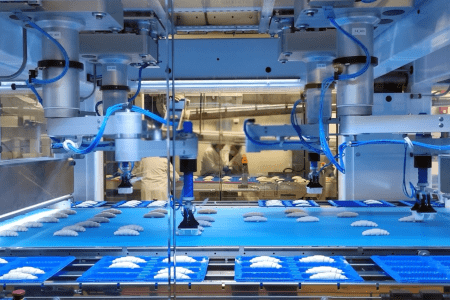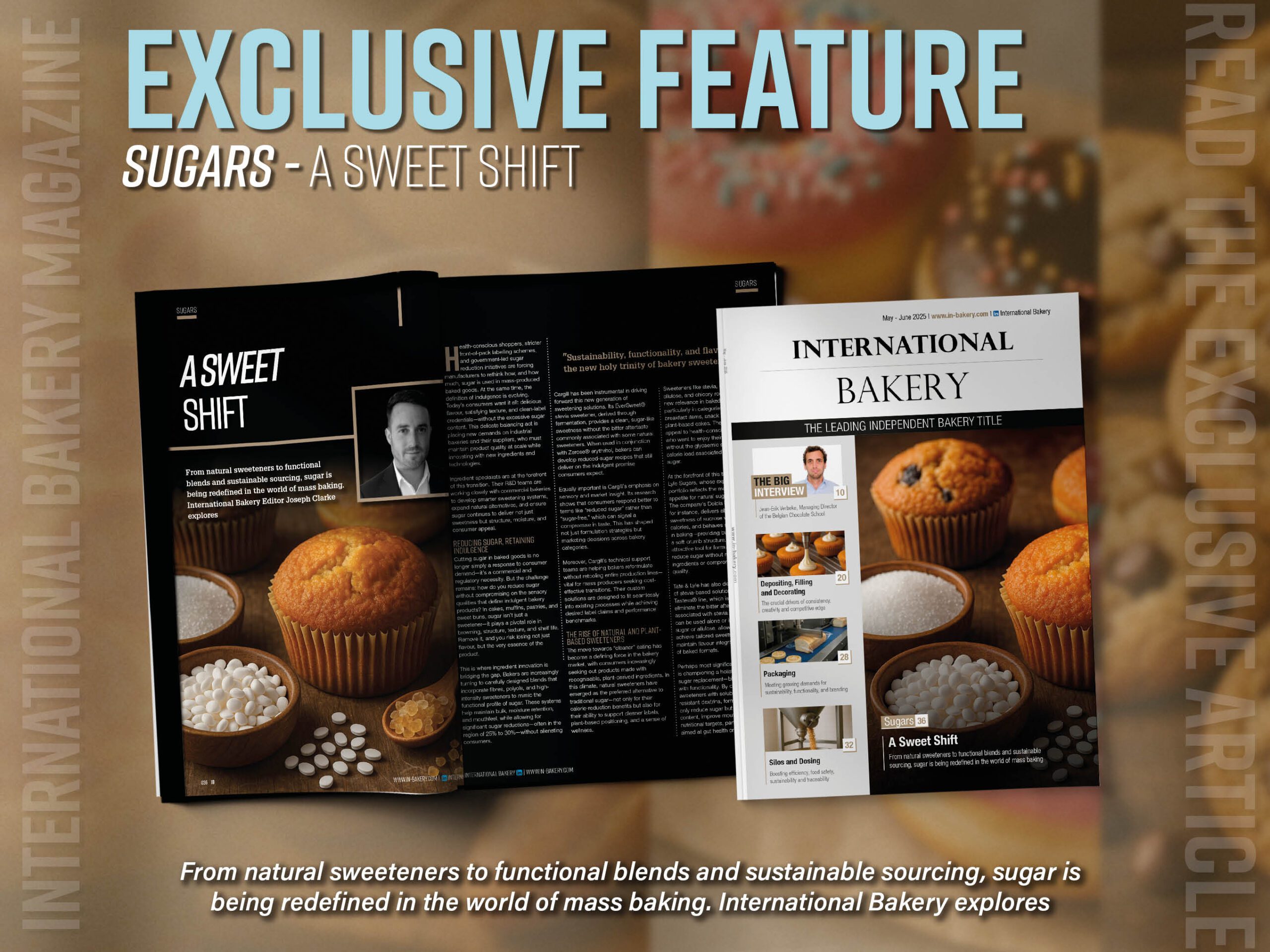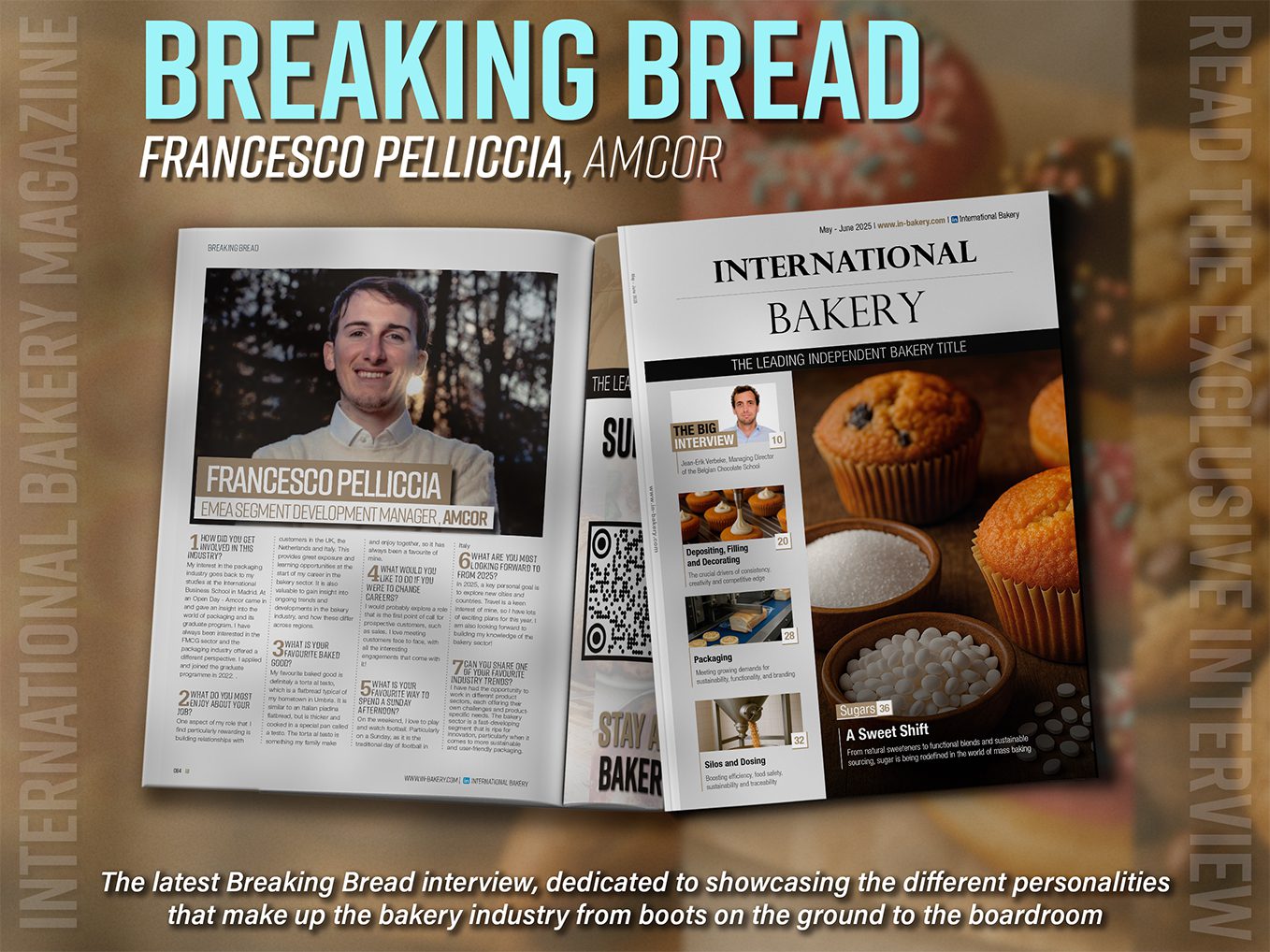The last few years have seen innovations around making depositors and mixers more efficient, but how has this impacted artisan bakers?
The bakery world is continuing to adapt and develop in ways in which industry experts may have not predicted. It has been believed that the bakery sector will advance in its technological developments as populations begin to rise and the need for more baked goods increases. However, the rise in more health conscious and hygienic consumers due to the pandemic has meant that more consumers are seeking out artisan bakers and their established practice and healthier, traceable ingredients have attracted people who wish to take care of their body. Therefore, the bakery sector is seeing a divide between machine innovations and traditional baking methods. Nonetheless, artisan bakers are slowly adopting new machines into their practice in order to meet demands and allow for their products to be more consistent. The machines that are being more commonly adopted by bakers are mixers whilst depositors continue to remain much in a factorial setting. Either way, this feature wishes to review the various innovations occurring around mixers and depositors, particularly how they are becoming more efficient and how this impacts artisan and commercial bakers.
What is a mixer and depositor?
A bakery mixer is designed to produce bread dough or cake batter by bringing dry and liquid ingredients together to form a mass with optimum rheology and handling properties. They usually should perform their functions under optimal mechanical and energy consumption. The benefits of these mixers is that they are able to send dough or batters at the required throughput to make up the stage so that the production line runs smoothly.
Depositing is a form of extrusion which allows for the formation of dough pieces that are soft enough enough to be poured through compression. During the depositing stage, dough or other bakery ingredients are forced through orifices that have been pressurised either by a pump for sponge batters or rollers for soft and short though.
These two processes are key components when it comes to the combining and formation of ingredients and bakery goods. These machinery products are essential when it comes to speeding up the process, reducing human error and creating a deliciously made and well formed product. All things considered, let’s divulge into the technicalities into these machines and how exactly they work.
Media contact
Roshini Bains
Editor, International Bakery
Tel: +44 (0) 1622 823 922
Email: editor@in-bakery.com






